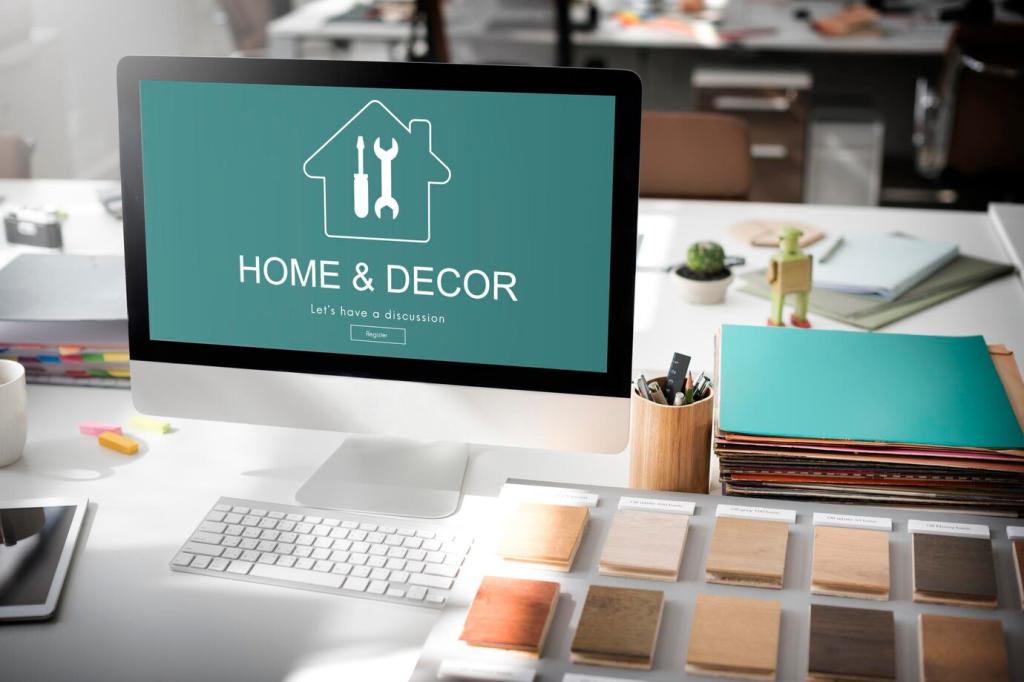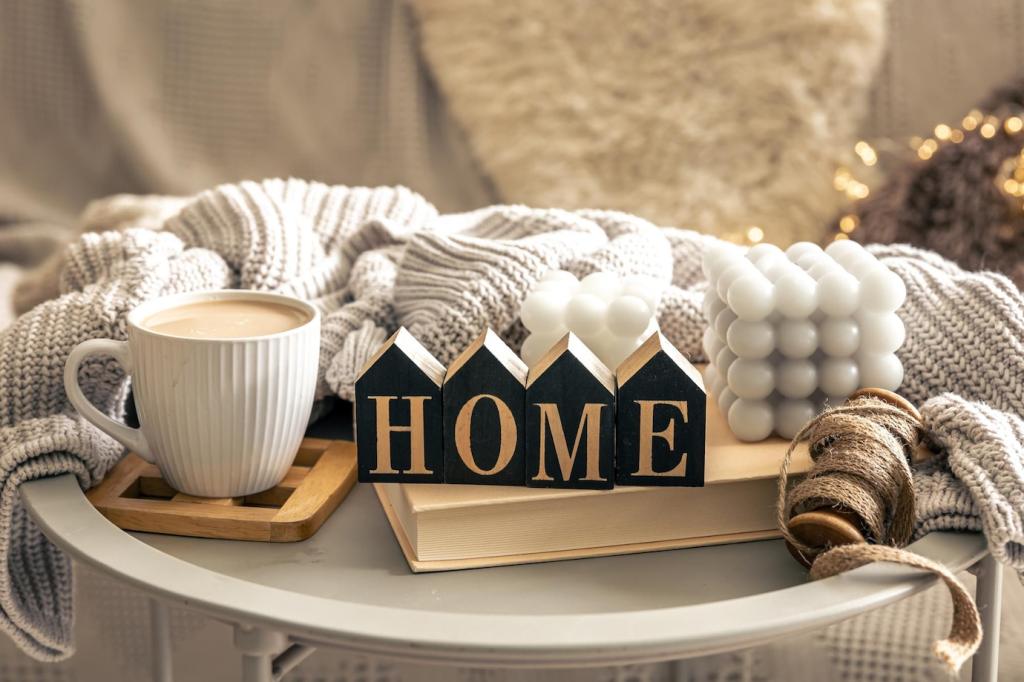
Best Practices for Writing Home Decor Ad Copy
Today’s chosen theme: Best Practices for Writing Home Decor Ad Copy. Step inside for sensory-rich, benefit-led techniques that turn casual browsing into “this belongs in my home.” Stay to the end, share your favorite lines, and subscribe for weekly, decor-focused copy prompts.


Know Your Home Decor Buyer Personas
Go beyond age and income. Explore morning rituals, floor plans, storage headaches, and entertaining habits. Ad copy that mirrors daily life—mudroom clutter, narrow hallways, sunny breakfast nooks—feels intimate, helpful, and instantly actionable.
Know Your Home Decor Buyer Personas
Shift from features to outcomes. “Low‑pile rug” becomes “glides under doors, easy to vacuum, stays crisp in high traffic.” Make every line solve something specific your buyer quietly worries about at home.

Benefit‑First Headlines That Sell the Room
“Make dim corners glow” beats “Matte brass floor lamp.” Follow with a concrete reason: “wide‑angle shade casts even light from baseboard to ceiling.” Feeling first, evidence second, conversion third.
Write With Texture, Light, and Space
Layer sensory cues deliberately
Blend touch, sight, and sound: “linen that whispers against the skin,” “edges softened by afternoon sun,” “quiet‑close drawers.” Sensory layering lets readers preview comfort, quality, and calm before the purchase.
Show the room in motion
Paint a vignette: “Kick off shoes, toss the keys, the console holds the day without a scuff.” Movement language helps buyers rehearse ownership, shrinking the psychological distance to buy.
Color words that set the mood
Trade plain colors for atmospheres: “sea‑salt blue,” “clay terracotta,” “candlelit walnut.” Anchor each with a functional note: light reflectance, warmth under LEDs, or how it tempers bold artwork nearby.
Story‑Led Product Descriptions
Sentence one sets the scene, two delivers a crafted detail, three lands a life upgrade. Short, vivid arcs outperform lists for emotional recall, especially on cramped mobile placements.
“From echoing hallway to hushed welcome” is honest and evocative. Support it: pile height, backing grip, and edge binding. An A/B test replacing hyperbole with grounded contrast improved saves and reduced returns.
Paraphrase customer anecdotes with consent: “We stopped arguing about lamp glare.” Keep quotes tight, attribute by first name or initials, and avoid implying results that typical users won’t experience.




Search‑Friendly Without Losing Warmth
Build around intent clusters
Group related queries—“small living room rug,” “low‑profile runner,” “pet friendly weave”—and weave them naturally through benefit statements. Intent alignment improves relevance while keeping copy conversational and vivid.
Place keywords with purpose
Use exact phrases in headlines and early body lines, then pivot to synonyms and sensory descriptors. This keeps rhythm while signaling relevance across platforms without sounding robotic or stuffed.
Metadata that still feels human
Craft meta titles and ad descriptions like mini stories: feeling, detail, outcome. Even truncated snippets should deliver a promise buyers want to click, not a lifeless list of attributes.

Honest Claims, Sustainability, and Compliance
Back durability, stain resistance, and sourcing with specifics: certifications, testing methods, or maker notes. Skip vague superiority. Verifiable details reduce returns and build loyalty in premium decor categories.

Test, Learn, and Iterate

Test ideas, not whims: “Sensory headline increases save‑to‑board rate.” Keep only one meaningful change per variant. Tight hypotheses deliver learnings you can reuse across collections and seasons.
